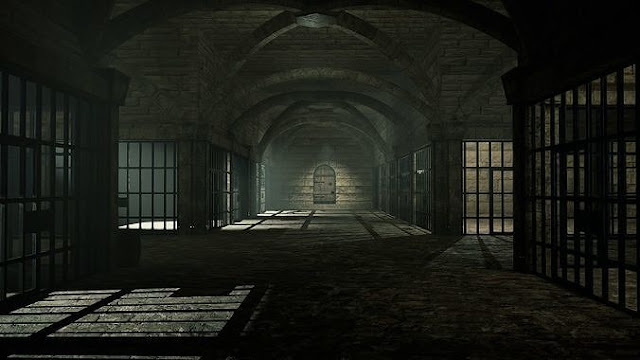Companion Cube Update
After a lot of design work, 3d printing, CNC routing, wiring, programming, resin work, and assembling, I was finally able to see one side of the cube lit! Added a basic glowing function just by moving the R of the RGB from 0 to 255 and back down to 0 with a 5ms delay between each step. Nothing fancy and I'll probably do some interpolating between a time frame like I used to do in Unity projects rather than directly from 0-255. That would allow me the ability to set a few preset time intervals and the interpolation function would just handle the transition between color start/end.
One of the curious things was if I could see the LEDs behind the 3d printed edges. At first I didn't mind it but now I'm thinking I'll glue some tin foil behind the 3d printed edges to block the LED from glowing through. I mostly want to see the small resin lines glowing and not the edge pieces.
My son and I discussed having a weathered look because in the game, you beat this cube up a lot moving it around and throwing it at things. I think the dirt caught in the 3d printed filament layers made it look decently weathered.
Of course the wiring is daunting... The cube has 6 faces. Each face has 8 individually addressable LEDs. Each LED has 3 wires in (vcc, gnd, and data), and the same 3 wires out. So, total, that's about 48 LEDs and 288 wires that need to be connected in some fashion. Given all the LEDs need to be in series, and that each LED doesn't have long enough pigtails to connect to each other, I had to create additional pigtails to connect them all together. This was SUPER tedious. So now thats 288 wires, each needing a corresponding pigtail. Welcome to 576 solder points... What did I get myself into haha!
Gritting the teeth and knuckling under and a few days later we have most of it wired together.
Hindsight: The vcc and ground connections don't need to be in series I believe, although I didn't test that theory. I think I could have just jumpered all the vcc and ground connections together and maybe had half the wires to manage. But knowing me this would mean that:
- Once I found out all I had to do was manage data wires.. I probably would have added small plugs so I can rearrange the data line order which would have been feature creep.
- After getting all these wires in place, if I would have tested the theory I would be a little upset that I spent all that time, so best not test that theory. Maybe on a future progject.
Next up is removing all the edge pieces, adding tin foil behind them, and reassembling them. I think I'll use basic PVA glue for that. Then I have to consider how to mount the heart plates. I am thinking about making small angle brackets out of a piece of angled aluminum. Even if I do only 3 brackets per side, thats 18 brackets to cut and 36 holes to center and drill. Then there's the last plate that I'd like to have removable to be able to access the internals if need be. One thought I had was using magnets to somehow keep it attached but I have doubts of how much impact the box can take without that plate falling off. Another option is to screw it down however that would change the pattern of the final plate vs the other plates. Granted, the bottom of the box (or back?) would have an extra USB-c plug and push button mounted (maybe 2 buttons?) so the last face will be different regardless.
One day at a time I suppose!





Comments
Post a Comment